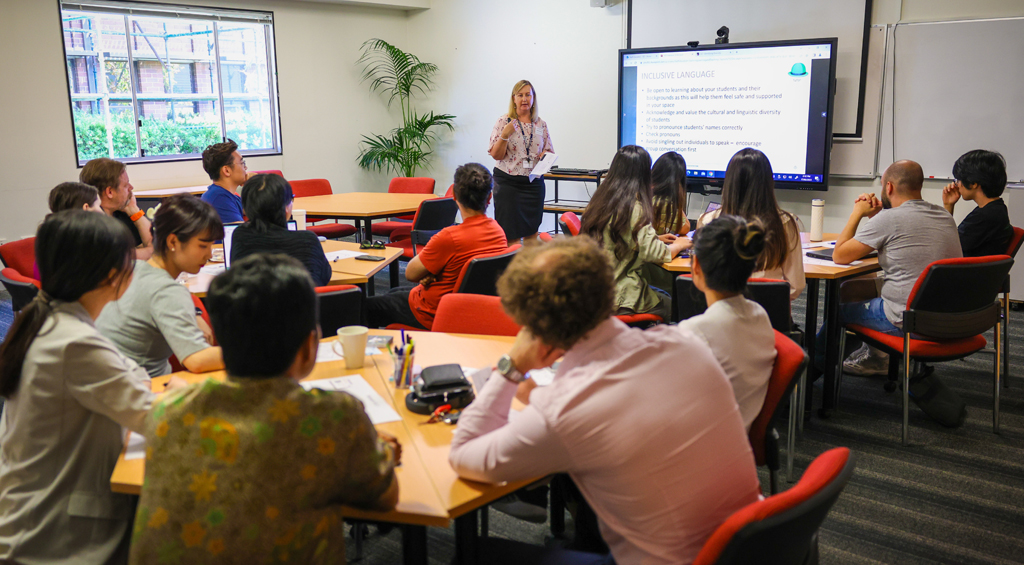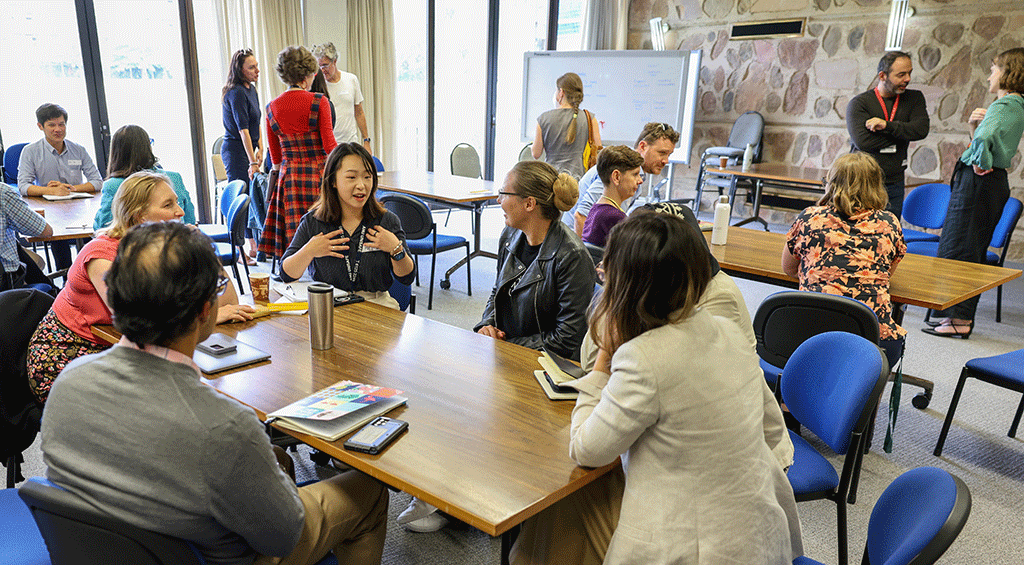Virtual Realities for Education
The arrival of highly immersive, affordable Virtual Reality (VR) headsets in recent years promised a step-change in experiential learning. There has been significant interest in, and hype, around their potential for supporting and enhancing education.
Why Virtual Reality?
When we began brainstorming VR app ideas for Physics Education, we started with the question “What does VR enable, that isn’t possible with other technology?”
Our perspective is that VR enables two broad, unique experiences:
- Visiting hard to reach worlds or visualising abstract concepts. Examples include:
- Visiting the inside of a biological cell.
- Travelling through the solar system/universe to experience true sense of scale.
- Visualising and experimenting with electric and magnetic fields
- Experiencing worlds that are the manifestation of a students’ misconceptions.

Targeted Apps
Since 2017, we have been developing and improving apps for physics education that target both of these concepts.
Our first app, Field-VR, is an electric and magnetic field playground, which allows students to directly see the vectors that represent these fields. They can freely place objects which generate these fields to experiment with complex arrangements that are too difficult to visualise in a book or even a computer screen simulation.
Our preliminary qualitative research shows students with self-identified poor spatial awareness particularly benefit from these experiences, while also enabling students to hypothesise and test field patterns that would likely be too complex for most to consider in typical lab environment or homework problems. We are extremely excited to be implementing multi-player feature, which will enable small-group tutorials in a shared virtual world.
Our second app, Dissonance-VR, asks students widely utilised multiple-choice questions about the forces acting on a basketball. Students are then free to play in a world which is the realisation of their answer. If the student misunderstands what forces are acting on the ball, this world behaves in an unrealistic way leading to cognitive dissonance. A narrator guides the students to reconsider their choice and correct their misconception.
Hardware and Student Outcomes
Recently, the scalability of VR hardware platforms has vastly improved, enabling us to setup the largest VR infrastructure at ANU via the ANU MakerSpace. Our portable VR Lab has 16 highly immersive headsets, allowing up to 60 students to have an experience in an afternoon.
This increase in throughput has allowed us to complete a pilot study, with preliminary research data suggesting there is a significant learning gain for students who utilise Dissonance-VR. Thirty-nine students obtained significantly higher scores and learning gains in a conceptually relevant mid-term exam, compared with the long-term average score of students who completed the same test since 2014, who did not have access to VR. It is important to note that the curriculum and pedagogy of this first-year physics course remained unchanged over this period.
Join us!
The potential for VR-enhanced education is exciting for many disciplines beyond Physics, with existing examples in the sciences, animation and art, and digital humanities, to name a few. The COVID19 pandemic has presented new opportunities for the use of VR, for example, to substitute for field trips in the Earth and Environmental Sciences, as well as other similar experiences that are difficult to replace.

We hope to see a larger uptake of these platforms and strongly encourage and welcome any convenors with interest to reach out directly to John. As the VR lab is part of the ANU MakerSpace, it is available for all to trial with their classes and students.
Dr John Debs is Senior Lecturer in the Research School of Physics – ANU College of Science. John is Convenor of the highly recognised Foundations of Physics course, and is the founder of the ANU MakerSpace. He has been recognised with an Australia Award for Teaching Excellence.







